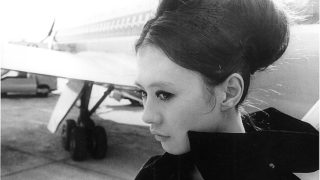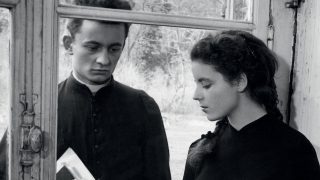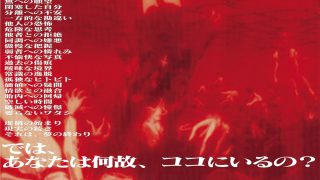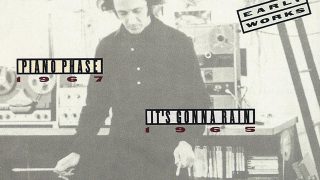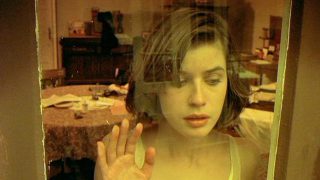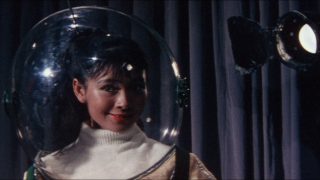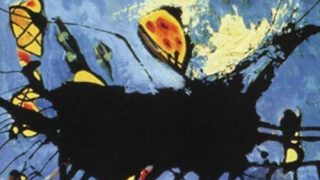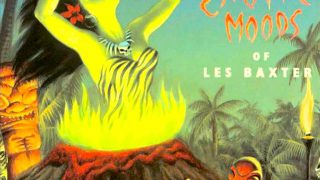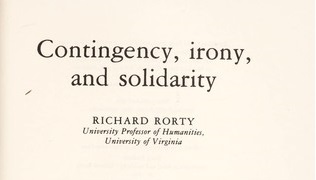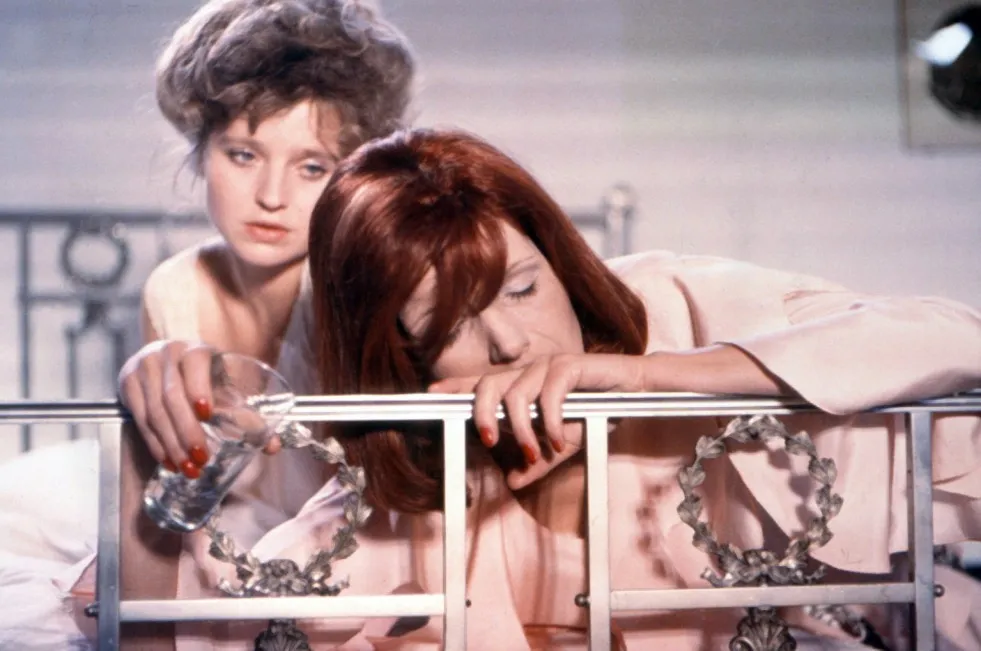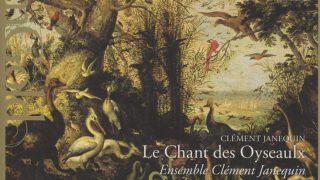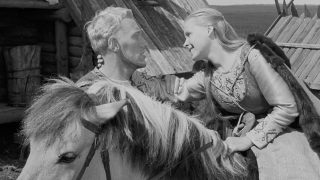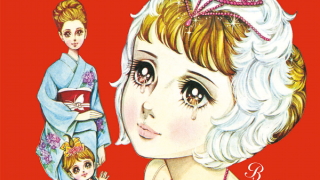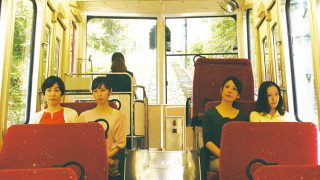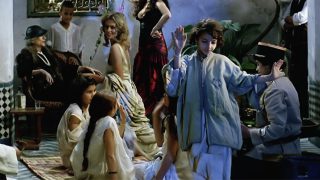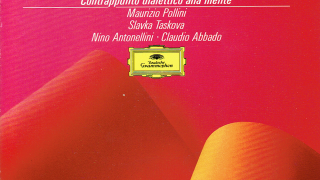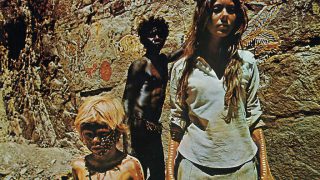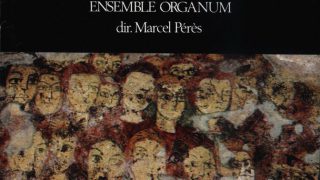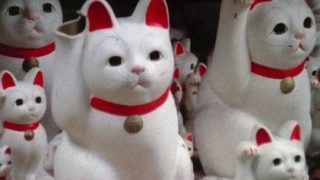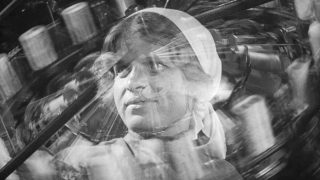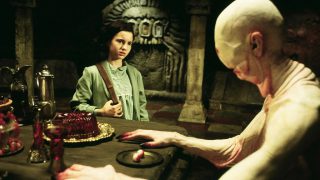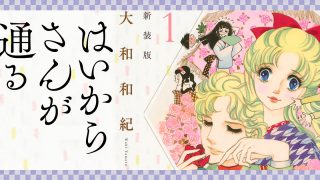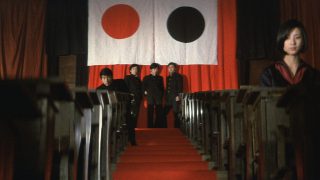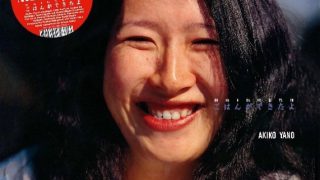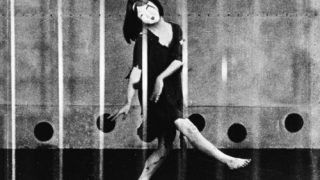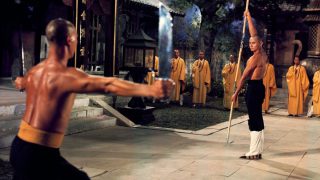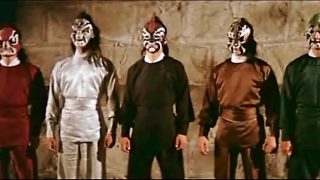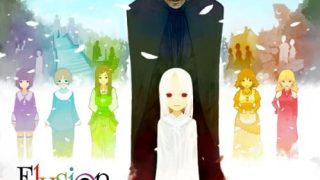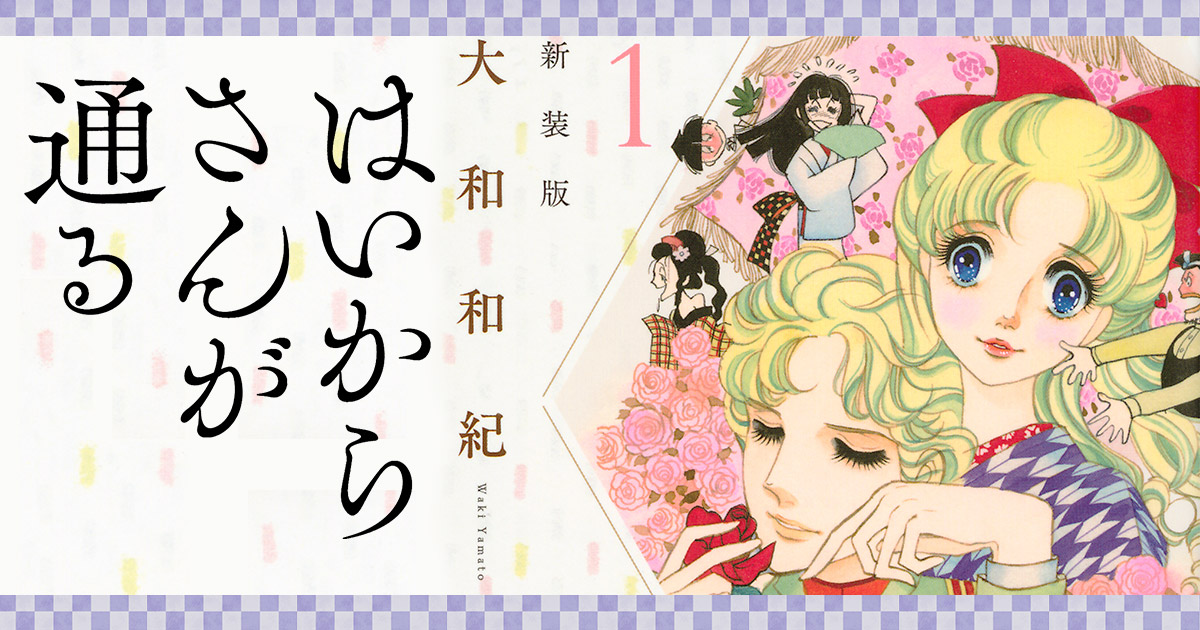Overview
“Haikara-San: Here Comes Miss Modern” (the original Japanese title: Haikara-san ga Tōru) is a Japanese shōjo manga by Waki Yamato. It was serialized in Kodansha’s magazine “Weekly Shōjo Friend” from 1975 to 1977.
It is a historical drama/romantic comedy set in Japan in 1918–1923 during the Taishō era.
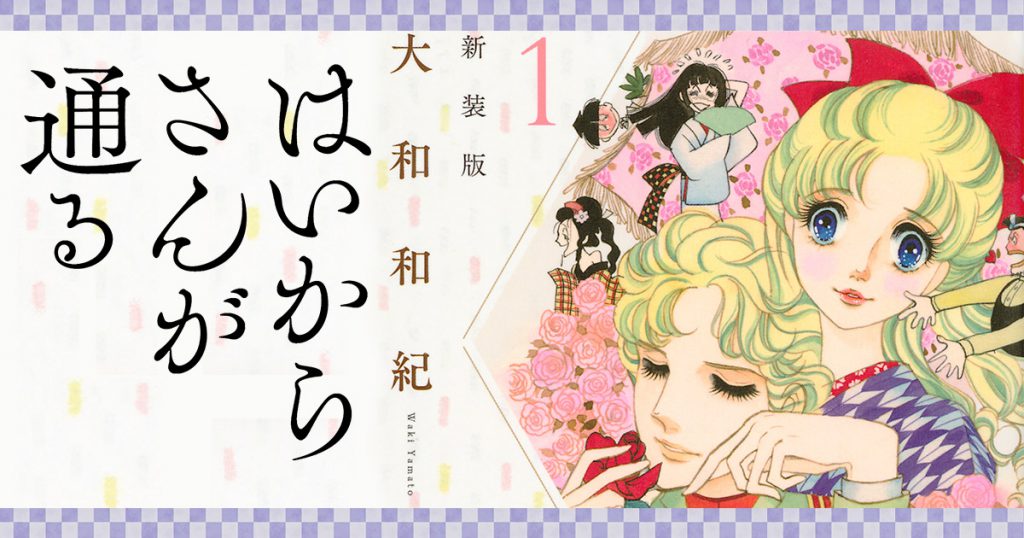
Plot
Set in Tokyo in 1918. A 17-year-old girl attending a school for girls, Benio Hanamura gets to know army lieutenant Shinobu Ijuin, who is set as her fiancé since her grandparents’ generation.
Benio resists being forced to marry Shinobu at first, but Benio and Shinobu become attracted to each other.
Benio starts doing a domestic training at Shinobu’s house, but Shinobu goes to war in Siberia, and he goes missing there.
Benio starts working as a journalist in a book publishing company. Then, she goes to Manchuria to check whether the information that Shinobu deserted from the army and became a mounted bandit in Manchuria is true or not.
Benio returns to Japan without any clues about Shinobu.
In Tokyo, Benio meets Marquis Sasha Mikhaylov, an aristocrat exiled from Russia. Benio thinks Sasha might be Shinobu because he looks almost exactly like Shinobu, but she is shocked that Sasha knows nothing about her.
Being comforted by Tosei Aoe, the head editor of the publishing company for which she works, Benio wavers violently between Sasha and Tosei.
Benio makes a decision. Then, the Great Kanto Earthquake hammers Tokyo.
Commentary
The story is told in the context of social situations at that time, such as Taishō democracy, Siberian intervention, Russian Revolution, and Great Kanto Earthquake.
It is also a story about a girl who fights for the liberty and tries to live as a working woman at the time when women had neither suffrage nor free choice in marriage and employment. As a symbol of this theme, the following text written by pioneering Japanese feminist Hiratsuka Raichō is quoted within the story.
“In the beginning, woman was truly the sun. An authentic person. Now she is the moon, a wan and sickly moon, dependent on another, reflecting another’s brilliance.” (published in the magazine “Bluestocking/Seitō” in 1911)
In Japan, the manga won the 1977 Kodansha Manga Award for Shōjo, and it became a popular series also known for its TV anime series (1978-1979), stage dramas, Takarazuka Revues, TV dramas and live-action film (1987). The manga books have sold a total of over twelve million copies in Japan.
Though the ending part of the original manga had never been depicted in any other media, two new anime films, “Haikara-San: Here Comes Miss Modern” part 1 (2017) and 2 (2018) were released in 2017 and 2018, and in these films, the ending part of the original story was made into anime for the first time.









